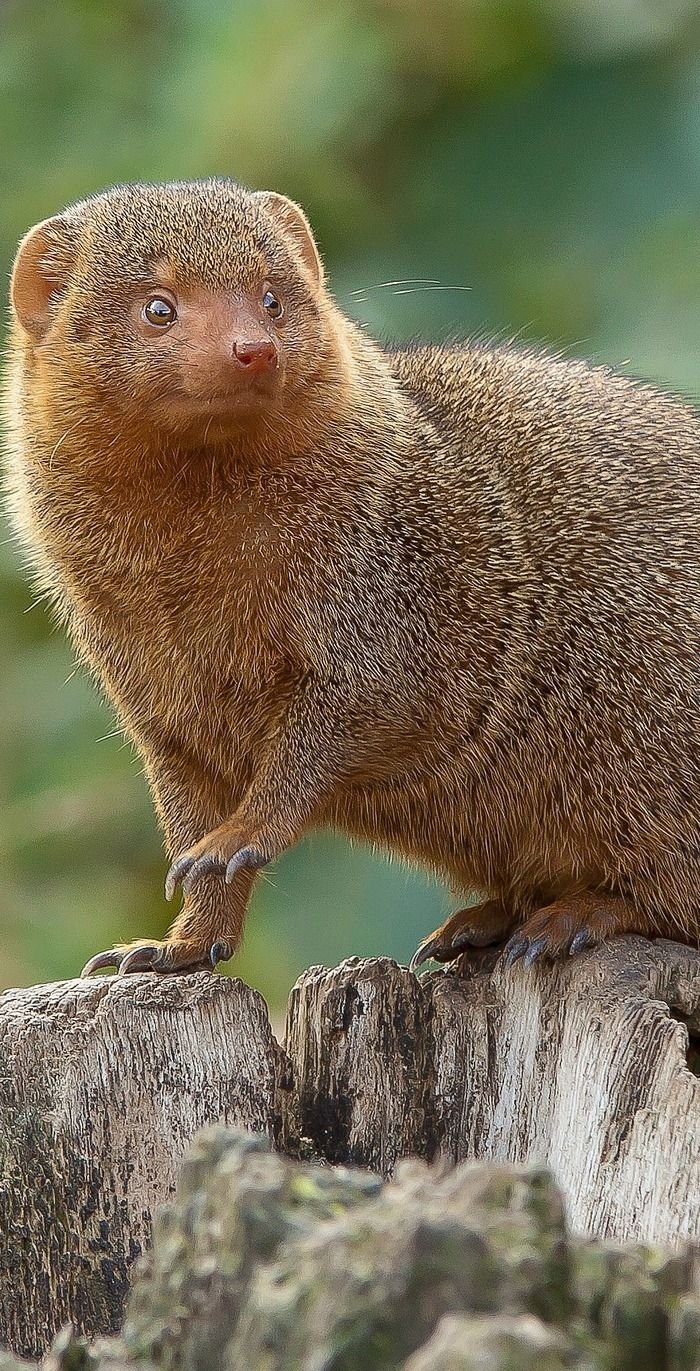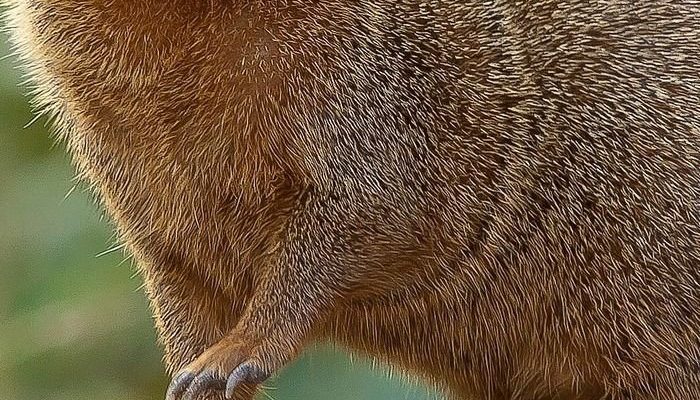
Think of the mongoose as a tiny superhero in the animal kingdom. They have a reputation for their bravery, especially when it comes to battling venomous snakes. But like many species, the mongoose faces its fair share of struggles. Habitat loss, climate change, and human activities all take a toll on their populations. Understanding their current status and the efforts made to conserve them is vital for appreciating these fascinating animals and ensuring they thrive for future generations.
Understanding Mongoose Species
There are about 34 different species of mongooses, ranging from the well-known meerkat to the slender mongoose. Each species has unique characteristics and habitats. For example, meerkats live in social groups, often seen standing on their hind legs to look out for predators. In contrast, the solitary brown-nosed coati prefers a more secluded lifestyle, making it harder to spot in the wild.
Mongooses are generally ground-dwelling animals found in Africa, Asia, and even parts of Europe. Their diets are quite diverse, with many munching on insects, small animals, and even fruits. You might be wondering how this dietary variety affects their role in the ecosystem. Well, by controlling insect populations, mongooses help maintain a healthy balance in their habitats, which is crucial for other wildlife.
Current Conservation Status of Mongooses
Now, let’s address the big question: are mongooses endangered? The answer varies depending on the species. Some mongooses, like the meerkat, have stable populations and are not considered endangered. However, other species face significant threats and are classified as vulnerable or endangered.
According to the IUCN Red List, certain species, like the Egyptian mongoose, are at risk due to habitat destruction and loss of prey. The brown mongoose, with its rocky range, faces fragmentation of its habitat, making it difficult for them to find food and mates.
Understanding these classifications helps us grasp the urgency of conservation efforts for specific mongoose species.
Threats Facing Mongooses
So, what’s putting mongooses in danger? There are several factors at play:
- Habitat Loss: Urban development, agriculture, and deforestation are severely shrinking the natural habitats where mongooses live.
- Poaching: In some regions, mongooses are hunted for their fur or because they’re seen as pests.
- Climate Change: Changing weather patterns can affect their food sources and breeding habits, making it harder for them to survive.
Many people don’t realize that these threats often compound each other. For instance, when habitats are lost, mongooses may venture closer to human settlements searching for food, which can lead to conflicts with people, resulting in more harm.
Conservation Efforts for Mongooses
Fortunately, there are ongoing conservation efforts aimed at protecting mongooses. Various organizations work tirelessly to preserve their habitats and educate the public about their importance.
For example, some groups focus on habitat restoration by replanting native vegetation and creating protected areas. Others prioritize community engagement, teaching locals how to coexist peacefully with mongooses. Here’s the thing: when communities understand the ecological role of mongooses, they’re more likely to support conservation efforts.
Research is also a critical component. By studying mongoose populations and their behaviors, scientists can better understand their needs and tailor conservation strategies accordingly.
How You Can Help Mongooses
You might be thinking, “What can I do to help mongooses?” Well, there are several meaningful ways to contribute to their conservation:
- Spread Awareness: Talk about mongooses and their challenges. The more people know, the more they can help.
- Support Conservation Organizations: Donating to wildlife charities that focus on mongoose conservation can make a real difference.
- Be Eco-Friendly: Reducing your carbon footprint helps combat climate change, benefiting all wildlife, including mongooses.
Even small actions can create a ripple effect, leading to larger changes that positively impact wildlife conservation.
In the grand tapestry of ecosystems, mongooses play a crucial role that often goes unnoticed. They help control insect populations and maintain ecological balance, contributing to the health of their environments. Understanding whether the mongoose is endangered is not just an academic exercise—it’s about recognizing our shared responsibility for these animals and their habitats.
As a society, we need to prioritize conservation efforts and educate ourselves about the challenges these creatures face. Every little action counts, whether it’s sharing knowledge, supporting conservation groups, or simply appreciating the wildlife around us. Let’s work together to ensure that mongooses and countless other species can thrive for generations to come.

